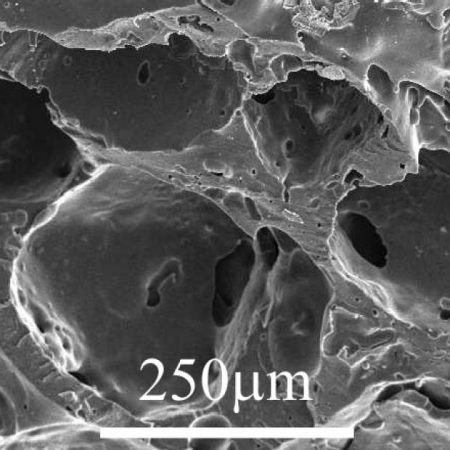January 29, 2019 – For those of you who are regular visitors to this blog site, you may by now know that I have a cartilage problem in my left knee. It’s not so much a problem as a lack thereof of cartilage. My choices are limited in terms of therapy. Currently, I get cortisone injections approximately three to four times per year. Typically the effects of the cortisone wear off after a few months – worse in the winter and better in the summer. I also take a homeopathic supplement called OralVisc, a daily capsule of hyaluronic acid, a natural joint lubricant our body produces less of as we age. I’ve been taking the OralVisc for more than a year and strangely have noticed that might hand cramps and upper neck pain has vanished. The impact on the knee, however, has been hard to assess. I also use pain killer supplements to help when the knee is really sore, as well as the application of ice from time to time.
I have been looking at knee replacement surgery for the last ten years and resisting the idea of going that route in the hope that stem cell therapies and regenerative technologies advance to the point where they represent a viable option. If I could regrow the cartilage in the knee joint to the point where it gives me pain relief it would seem to be the best of all solutions.
There are clinics operating in Toronto today that offer knee injections using harvested mesenchymal stem cells taken from my own body fat. The harvested cells, being my own, would not be rejected. And in proximity to the joint might start growing chondrocytes – cartilage cells. The question I have always posed to anyone offering this therapy is “how do the cells know where to grow and when to stop populating the joint?” To date, none of the clinics have given me a satisfactory answer.
In my research, I have noted that some universities are experimenting with gel-based scaffoldings which can be implanted in a joint and become a seedbed for regrowing chondrocytes. The scaffoldings over time would dissolve leaving the repopulated cartilage in place. That’s why when I saw the announcement today for a call for papers by Drs. Francesca Diomede and Jacopo Pizzicannella, of the University “G. d’Annunzio” Chieti and Pescara, in Italy, I was elated. The call for papers includes a covering note which states, “The use of a biofunctionalized scaffold with cells and/or soluble factors has emerged as a promising approach in the field of regenerative medicine.” It goes on to describe what is meant by a biomaterial, an environment that supports the growth and development of cells allowing them to adhere and proliferate. Although the letter specifically addresses bone regeneration, the goal of being able to create a therapeutic alternative to traditional surgical intervention should equally apply to the regrowing of cartilage in a biofunctionalized scaffold designed to dissolve over time.
The deadline for manuscript submissions is December 31, 2019. I’m happy to hang on for another year and see where regenerative medicine is going to take us. The last thing I want to consider is an artificial knee joint.








